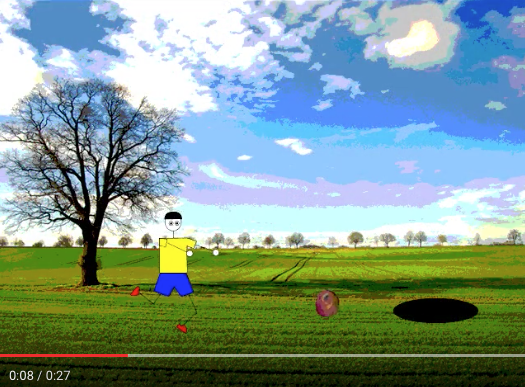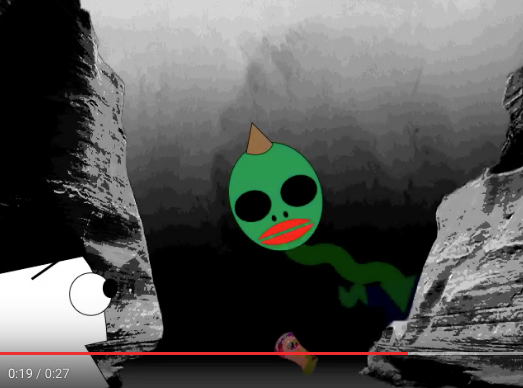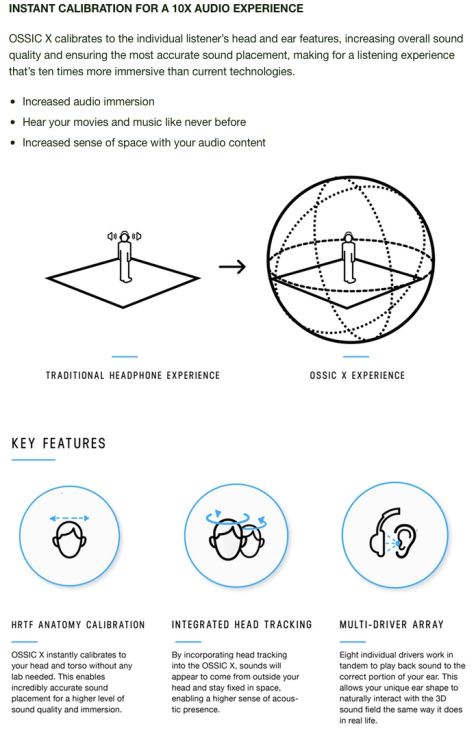Here is his video for reference. – I reposted it so that it can be viewed fullscreen. Domo arigato, Gaku-sama!
- synchronized sound-image relationship
From 0:07 to 0:10 you can hear footsteps that reinforce the idea of the character running.

From 0:19 to 0:24 you can hear chewing, which greatly enhances the final scene. The first time I watch this animation (without sound) I thought that the snake/creature was talking to the boy who climbed down into the cavern… Now, the lip movements are clarified.

- singular off-screen but diegetic sounds
After watching this video a few times, I still have not been able to identify any off-screen sounds. Sure, there are birds and water drops present, but these seem to be territorial sounds, used to enhance the environment.
- metaphorical (non-literal) or symbolic sound-image relationship
In the opening shot, we hear a frequency crawl pan left to right, which enhances the throwing of the Apple. This sound is non-literal, but implies a kind of “fly-over” effect, similar to an airplane in flight.

At 0:12, we hear an “ow” sound from the apple itself. Again, clearly this isn’t meant to be literal, but reinforces the idea that the apple fell and landed hard.

- diegetic territorial sound to define background or sense-of-place
Starting around 0:05 you can hear birds chirping, which makes sense, given the setting of a park, with trees. At 0:14 you can hear water dripping, and echoing reverberations to give us a better sense of the size of the cavern in the following scene.


What do you guys think? Are there other sound elements worth noting? Am I missing anything? Are these sounds adding value to the animations? Comment and let me know.






